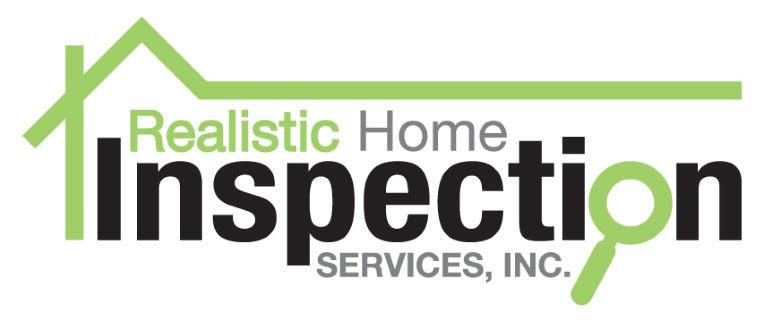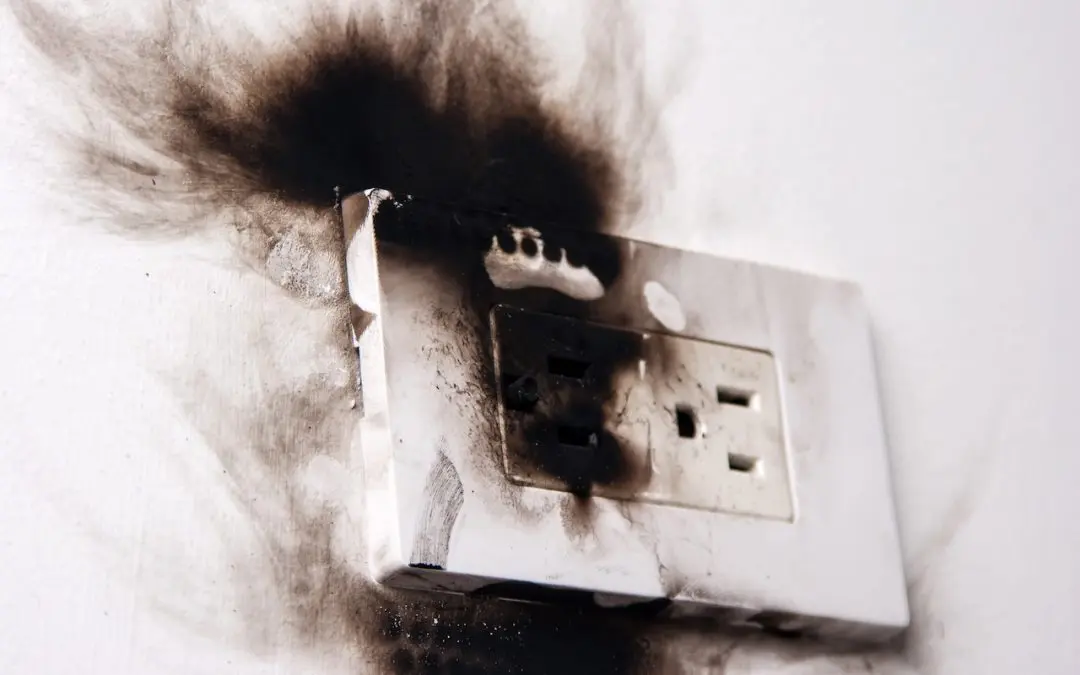Electricity is the lifeblood of modern life, silently powering everything from your morning coffee maker to your home office. While we rely on it every second, electricity could be a significant hidden hazard if not treated respectfully. For every homeowner, mastering basic electrical safety is crucial for confidently protecting your family, property, and financial investment from shock and fire risks.
Understanding the Risks of Poor Electrical Safety
The dangers associated with poor electrical safety are serious. Faulty wiring, overloaded circuits, and damaged outlets are responsible for thousands of house fires and injuries every year. Many problems start small. A worn appliance cord, a cracked outlet cover, or a constantly tripping circuit could all be subtle warning signs of a dangerous underlying issue. It’s important to educate all family members, especially children, about the basic principles of electrical safety, such as never touching electrical devices with wet hands and never sticking anything into an outlet. The most effective safety strategy is vigilance combined with proactive maintenance.
Outlet and Cord Management: Key Pillars of Electrical Safety
The outlets and cords you interact with daily are often the most common sources of electrical hazards. Managing them correctly is a simple, yet powerful, component of household electrical safety. Ensure all your home’s outlets are grounded (three-pronged). More critically, install Ground Fault Circuit Interrupters (GFCIs) in high-risk areas like kitchens, bathrooms, laundry rooms, and garages. GFCIs are designed to monitor current flow and instantly shut off power if they detect a short or ground fault, preventing severe shocks. You should test your GFCI outlets monthly by pressing the “Test” button, if the power doesn’t shut off, the outlet is faulty and needs immediate replacement.
Never run electrical cords under carpets, rugs, or heavy furniture. This practice creates both a tripping hazard and a fire risk, as the pressure could damage the insulation, leading to overheating and shorts. Always replace any cord that is frayed, cracked, or excessively hot to the touch. Use extension cords only as a temporary solution.
The Heart of the System: Your Electrical Panel
The electrical panel, or breaker box, is the control center of your home’s electrical system. Keeping it in good order is paramount to maintaining electrical safety. You should know where your main breaker is and how to turn off power to your entire house in an emergency. The individual circuit breakers are designed to trip when a circuit is overloaded, preventing wires from overheating and catching fire. If a breaker trips frequently, it is a clear indication that the circuit is drawing too much power. Do not simply reset it and continue; redistribute the load by moving some appliances to a different circuit, or have an electrician assess the capacity of that circuit. Never replace a breaker with one rated for higher amperage, as this defeats the safety mechanism and could lead to a fire.
Protecting Appliances and Preventing Overloads
Always use appliances as intended and avoid placing heating elements (like toasters or space heaters) near flammable materials like curtains or towels. Before cleaning or performing maintenance on a plugged-in appliance, always unplug it first. Furthermore, be mindful of overloading. Plugging too many high-wattage appliances (like space heaters, hair dryers, or toasters) into a single outlet, or worse, into a power strip, could easily exceed the circuit’s capacity. If a power strip feels warm, it is definitely being overloaded and poses an immediate fire risk. By combining diligent appliance care with intelligent usage habits, you ensure power remains a convenience, not a hazard.
Frequently Asked Questions (FAQs)
What should I do if a wall outlet feels warm or hot to the touch?
A warm outlet is a serious warning sign of excess heat, usually caused by a loose connection or an overloaded circuit. You should immediately unplug any devices from it and turn off the circuit breaker controlling that outlet. Call a licensed electrician immediately to diagnose and fix the issue.
Is it safe to use aluminum wiring in an older home?
Aluminum wiring, often found in homes built between 1965 and 1973, could pose a higher fire risk due to oxidation and expansion causing loose connections. It should be periodically inspected by an electrician to guarantee safety.
What is “daisy-chaining” and why is it dangerous?
Daisy-chaining is the practice of plugging one power strip into another power strip, or an extension cord into a power strip. This practice exponentially increases the load on the initial wall outlet and the entire circuit.
How often should I have my home’s electrical system professionally inspected?
If you have an older home (20 years or more), or if you are purchasing a new home, an electrical inspection is highly recommended. Otherwise, periodic checks every five to ten years are a smart way to guarantee your system is up to modern standards and functioning safely.
Realistic Home Inspection Services offers inspections in the greater Milwaukee area. Contact us to schedule an appointment for our services.

